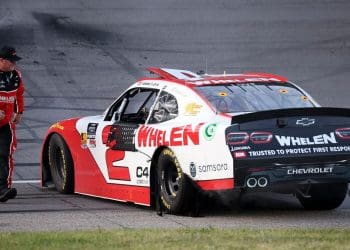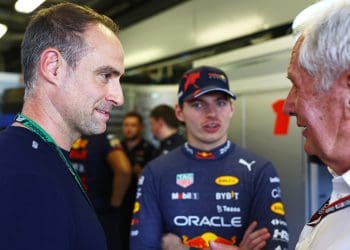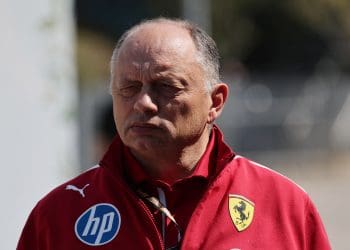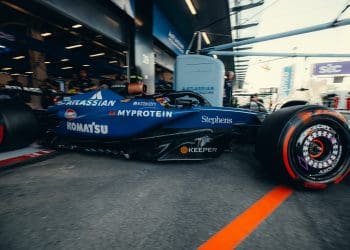The 2024 F1 season saw George Russell consistently extract more from the Mercedes W15 than his illustrious teammate, seven-time World Champion Lewis Hamilton. Despite Hamilton’s unparalleled legacy, this disparity wasn’t due to a sudden decline in his abilities but rather the challenges posed by the Mercedes W15—a car that proved to be a demanding and unpredictable beast.
“The Mercedes W15: A Troubled Machine”
Mercedes’ head of trackside engineering, Andrew Shovlin, offered insight into the difficulties faced by both drivers but highlighted specific challenges for Hamilton.
“The car hasn’t been quick enough,” Shovlin admitted. “It hasn’t been easy to get into a nice balance window, and even once you do, keeping it there has been a challenge.”
Hamilton’s race pace remained solid throughout the season, as evidenced by his stunning performance at the Las Vegas Grand Prix, where he climbed from P10 to finish second. But in qualifying, he often struggled to extract the last few tenths compared to Russell.
“It’s just those last bits,” Shovlin noted. “Avoiding brake locking, preventing snaps on exit—it’s those nuances that have made qualifying more challenging for Lewis.”
“The Vegas Comeback: Hamilton’s Flash of Brilliance”
The Las Vegas Grand Prix was a reminder of Hamilton’s enduring skill. Starting 10th, he charged through the field to secure second place, finishing behind Russell, who dominated from pole. Shovlin praised the performance as a glimpse of the “old Lewis,” stating, “If he has a car that works the way he wants, he can fight right back to the front.”
“Ground Effect Cars and Braking: A Misplaced Theory?”
A prevailing theory suggested that drivers historically strong under braking—like Hamilton, Daniel Ricciardo, and Kevin Magnussen—were struggling with the ground-effect cars introduced in 2022. However, Shovlin dismissed this notion in Hamilton’s case.
“These days, it’s about keeping heat out of the rear tyres,” Shovlin explained. “If you’re having to turn the car on the throttle, then you’ll struggle. For Lewis, it wasn’t necessarily braking style but rather how the car affected rear tyre temperatures.”
“Russell’s Edge in Qualifying: What Set Him Apart?”
While Russell outperformed Hamilton in qualifying, Shovlin revealed there was no glaring difference in driving style or approach visible in the data.
“Lewis is wise enough to adapt if something works for George,” Shovlin said. “But when they start pushing, Lewis might suffer more from snaps of oversteer on exit. That’s been an area where George had a slight edge.”
Shovlin emphasized that the team’s focus remained on tailoring the car to Hamilton’s preferences. “Our year’s focus has been on how to get the car in a way that Lewis needs to allow him to drive it on the limit.”
“Hamilton’s Ferrari Move: A Fresh Start?”
With Hamilton set to join Ferrari in 2025, the narrative shifts. At Mercedes, the W15’s quirks were often at odds with Hamilton’s driving style, and despite his efforts, Russell’s ability to extract those critical extra tenths often left the seven-time champion starting behind his younger teammate.
For Hamilton, the move to Ferrari offers a chance to rewrite his story. The Italian team’s resurgence in 2024 and their tailored approach to car development could provide Hamilton with a machine more suited to his style, reigniting his championship aspirations.












